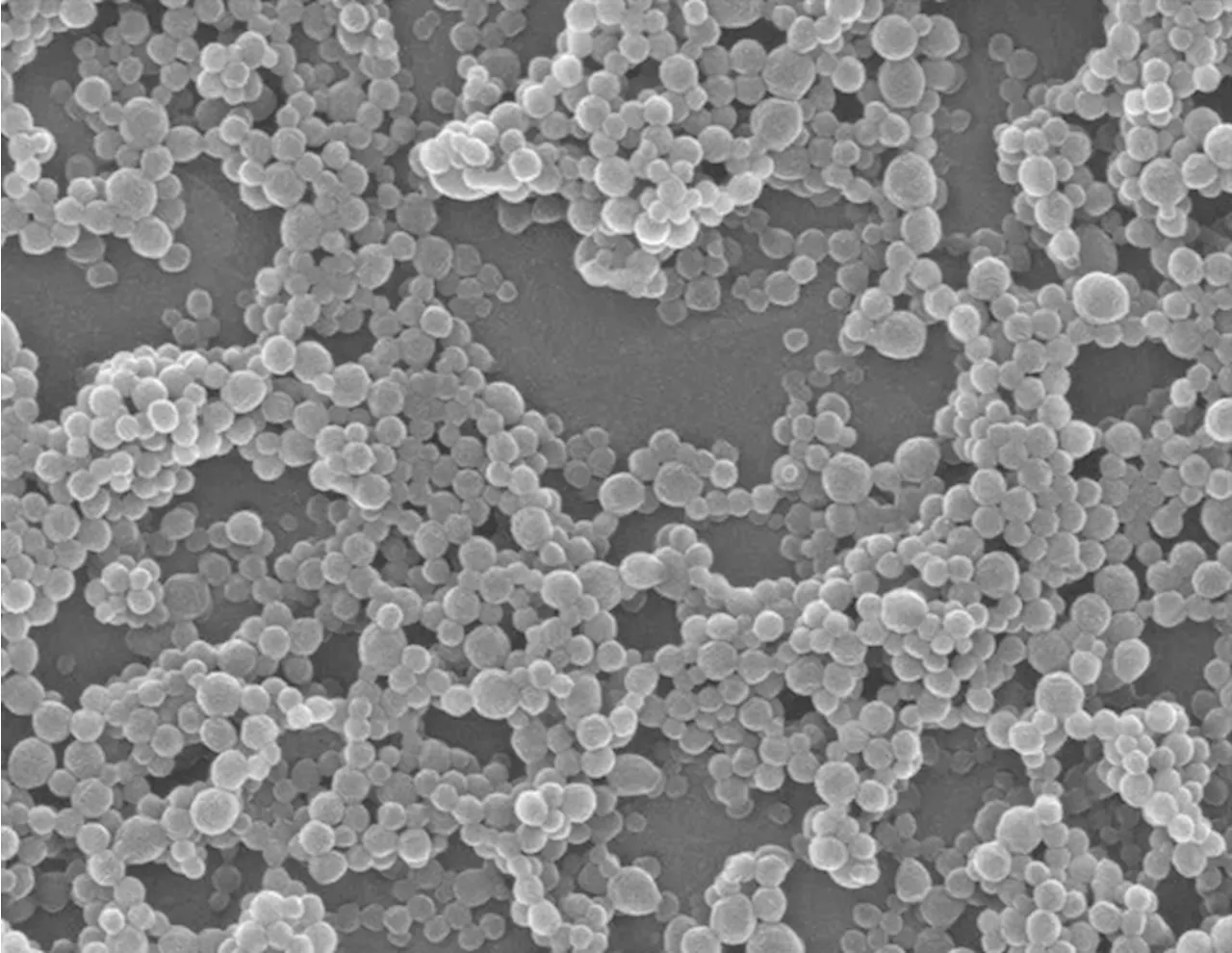Researchers from Peking University have conducted an in-depth study on the epidemic status, secular trends, and risk factors of 15 common neonatal infectious diseases across low- and middle-income countries (LMICs) from 1990 to 2019.
Health Data ScienceNov 19 2024 Researchers from Peking University have conducted an in-depth study on the epidemic status, secular trends, and risk factors of 15 common neonatal infectious diseases across low- and middle-income countries from 1990 to 2019.
Neonatal infectious diseases remain a significant cause of morbidity and mortality in LMICs, where newborns are particularly vulnerable to infections due to underdeveloped immune systems and poor healthcare infrastructure.
Our study provides critical insights into the trends and disparities of neonatal infectious diseases in LMICs over the past three decades. We observed that while there has been a general decline in mortality rates from neonatal infections, the incidence rates of certain infections, such as neonatal sepsis and otitis media, have shown slight increases across all regions.
The highest incidence rates in 2019 were for enteric infections and URIs, with substantial variation across regions. LICs experienced higher rates of enteric infections, while UMCs reported higher rates of URIs. Mortality rates also showed regional differences, with neonatal sepsis and LRIs remaining the leading causes of death.
Moving forward, the team aims to explore the underlying reasons for the observed trends in disease burden and develop targeted strategies to reduce the incidence and mortality of neonatal infections in LMICs. "Our ultimate goal is to provide evidence-based recommendations to guide public health policies and resource allocation to improve neonatal health outcomes," added Qin.Journal reference:Qin, C., et al. .
Doctor Mortality Newborn Public Health Respiratory Sepsis
United Kingdom Latest News, United Kingdom Headlines
Similar News:You can also read news stories similar to this one that we have collected from other news sources.
 Researchers create mini-brains to study autism and test new treatmentsUsing stem cells generated from patients with a rare and severe form of autism spectrum disorder and intellectual disability, Scripps Research scientists have grown personalized 'mini-brains' (or organoids) to study the disorder in new detail.
Researchers create mini-brains to study autism and test new treatmentsUsing stem cells generated from patients with a rare and severe form of autism spectrum disorder and intellectual disability, Scripps Research scientists have grown personalized 'mini-brains' (or organoids) to study the disorder in new detail.
Read more »
 UT Dallas researchers awarded $3.7 million NIH grant for brain aging studyTwo researchers from The University of Texas at Dallas' Center for Vital Longevity (CVL) have received a five-year grant from the National Institutes of Health (NIH) to expand their study of brain structure, function and cognition across time through the use of powerful high-resolution imaging.
UT Dallas researchers awarded $3.7 million NIH grant for brain aging studyTwo researchers from The University of Texas at Dallas' Center for Vital Longevity (CVL) have received a five-year grant from the National Institutes of Health (NIH) to expand their study of brain structure, function and cognition across time through the use of powerful high-resolution imaging.
Read more »
 Researchers receive CAD 45 million to study new psychosis treatmentsOne out of 100 people will experience a psychotic episode in their lifetime, and these usually appear in late adolescence or early adulthood.
Researchers receive CAD 45 million to study new psychosis treatmentsOne out of 100 people will experience a psychotic episode in their lifetime, and these usually appear in late adolescence or early adulthood.
Read more »
 MSU researchers develop method for earlier disease detection using blood proteinsMedical professionals have long known that the earlier a disease is detected, the higher the chance for a better patient outcome.
MSU researchers develop method for earlier disease detection using blood proteinsMedical professionals have long known that the earlier a disease is detected, the higher the chance for a better patient outcome.
Read more »
 Researchers explore pathways linking infant antibiotic use to childhood asthmaThe use of antibiotics in the first year of life has been found to be a risk factor for the development of childhood asthma.
Researchers explore pathways linking infant antibiotic use to childhood asthmaThe use of antibiotics in the first year of life has been found to be a risk factor for the development of childhood asthma.
Read more »
 Monash researchers develop model to tackle weight stigma in pregnancy and beyondPeople with larger bodies commonly face a pervasive, resilient form of social stigma, often facing discrimination in the workplace as well as in educational and healthcare settings.
Monash researchers develop model to tackle weight stigma in pregnancy and beyondPeople with larger bodies commonly face a pervasive, resilient form of social stigma, often facing discrimination in the workplace as well as in educational and healthcare settings.
Read more »
